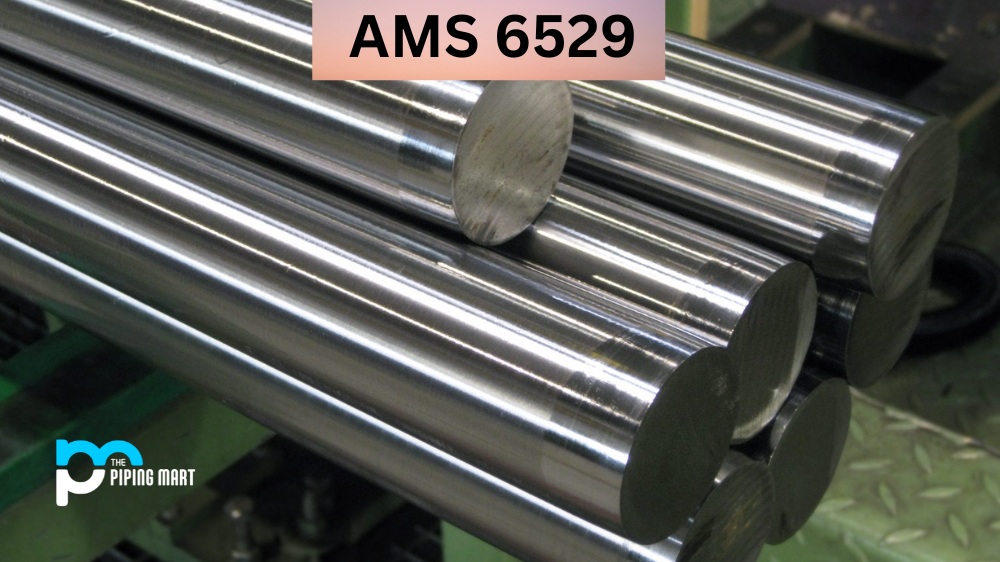Have you ever encountered the term UNS k14675 and wondered what it is and what it is used for? UNS k14675 is a grade of nickel-chromium-cobalt alloy commonly used in applications requiring high-temperature resistance, corrosion resistance, and good mechanical properties. This post will delve deeper into what UNS k14675 is, its composition, physical and mechanical properties, uses hardness, heat treatment, welding, and corrosion resistance.
AISI 17-22A Composition
UNS k14675 is a nickel-chromium-cobalt-molybdenum alloy with a small amount of tungsten, iron, and carbon. It has a chemical composition of about 38% nickel, 22% chromium, 15% cobalt, 4.5% molybdenum, 3.0% tungsten, 1.5% iron, 1.0% manganese, 0.15% carbon, and trace amounts of other elements. This composition gives UNS k14675 excellent resistance to high-temperature oxidation, sulfidation, and carburization.
| Element | Content (%) |
|---|---|
| Iron, Fe | 95.8 |
| Chromium, Cr | 1.25 |
| Silicon, Si | 0.65 |
| Manganese, Mn | 0.55 |
| Molybdenum, Mo | 0.5 |
| Copper, Cu | 0.35 |
| Carbon, C | 0.3 |
| Vanadium, V | 0.3 |
| Nickel, Ni | 0.25 |
| Sulfur, S | 0.0080 |
| Phosphorous, P | 0.0080 |
| Nitrogen, N | 0.0050 |
| Hydrogen, H | 0.00250 |
| Oxygen, O | 0.00250 |
AISI 17-22A Physical Properties
UNS k14675 has a 9.2 g/cm³ density and a melting point of about 1350-1390°C. It also has a coefficient of thermal expansion of 13.3×10⁶/m°C and a thermal conductivity of 16.4 W/mK at room temperature. Furthermore, it exhibits good electrical conductivity, magnetic permeability, and high-temperature stability.
AISI 17-22A Mechanical Properties
UNS k14675 has excellent mechanical properties, especially at high temperatures. It has a high tensile strength of about 895 MPa at room temperature and 810 MPa at 700°C. Its yield strength is about 415 MPa at room temperature and 320 MPa at 700°C. It also has a high modulus of elasticity, which makes it ideal for high-temperature applications.
AISI 17-22A Equivalents
- AISI 601
- AMS 6304
- MIL S-24502
AISI 17-22A Uses
UNS k14675 is used in a wide range of applications that require high-temperature resistance, corrosion resistance, and good mechanical properties. Some of its common applications include gas turbine parts, heat exchangers, furnace components, chemical processing equipment, and aircraft engine parts.
AISI 17-22A Hardness
UNS k14675 has a high hardness value of about 250-280 HB. This high hardness is due to its high nickel and chromium content, which confers good resistance to wear, abrasion, and erosion.
AISI 17-22A Heat Treatment
UNS k14675 can be heat-treated to enhance its mechanical properties. The most common heat treatment method is annealing, which involves heating the alloy to about 1100-1200°C, followed by slow cooling in a furnace. This process softens the alloy and improves its ductility, machinability, and formability.
AISI 17-22A Welding
UNS k14675 can be welded using various methods, such as gas tungsten arc welding (GTAW), gas metal arc welding (GMAW), and shielded metal arc welding (SMAW). However, the alloy is sensitive to hot cracking due to its high nickel content. Therefore, it is crucial to use proper welding techniques and filler metals to avoid cracking and ensure the strength and integrity of the weld.
AISI 17-22A Corrosion Resistant
UNS k14675 exhibits excellent resistance to corrosion in a wide range of environments. It resists oxidation, sulfidation, carburization, and chloride-induced stress corrosion cracking. This makes it ideal for chemical, petrochemical, and aerospace applications, where exposure to harsh environments is common.
Conclusion
UNS k14675 is a grade of nickel-chromium-cobalt-molybdenum alloy that has excellent high-temperature resistance, corrosion resistance, and good mechanical properties. Its composition, physical and mechanical properties, uses, hardness, heat treatment, welding, and corrosion resistance make it ideal for various industrial applications. Understanding the properties and characteristics of UNS k14675 is crucial in selecting the appropriate alloy for your next project or application.





